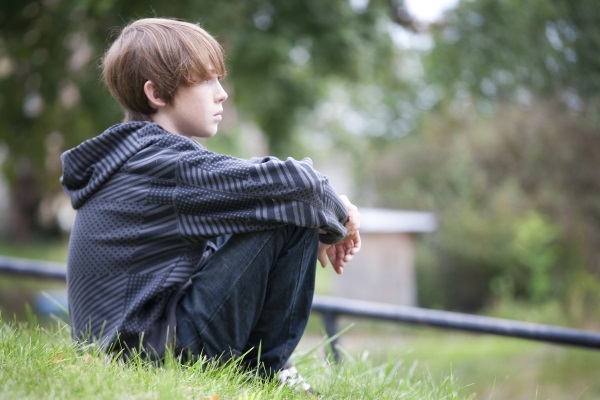In addition to keeping pupils safe from physical harm in school, all staff must stay alert to signs of abuse - online or offline.

All aspects of pupil wellbeing should be at the heart of what a school provides. This is made clear in the Teachers’ Standards 2012, which emphasise teachers’ obligation to safeguard their pupils' wellbeing, and the National Curriculum document which states that every curriculum must include SMSC and physical development;
If you're new to the position of designated safeguarding lead (DSL), or in another role but perhaps unsure of your safeguarding obligations, then it's worth bearing in mind the following.
The recently-amended Keeping children safe in education: Statutory guidance for schools and colleges should be the first port of call for all staff. It clearly states that safeguarding is the responsibility of everyone who comes into contact with children.
Staff must be prepared for pupils to refer, anonymously or in person. Inspectors will look to see that a school has a 'safeguarding culture' in place which reflects these requirements, and a policy that works when put to the test.
Unsure where to start? Our webinar with education law firm Browne Jacobson on implementing the statutory guidance in your setting is a must-watch.
Child sexual exploitation (CSE), the manipulation or coercion of children into sexual activity, is on the rise. Statistics tell us that 35% of all sexual crimes recorded in England and Wales (ONS 2013) were sexual crimes against children under 16. The NSPCC tells us that one in 20 children have been sexually abused.
At our recent Practical Strategies for Safeguarding in Schools conference, some attendees expressed their concern that the 'grey areas' surrounding cultural differences had exacerbated the risk posed by grooming. What in the UK could be considered a safeguarding concern is sometimes accepted as a cultural norm by some parents.
Again, staff need to ensure that they can respond effectively and appropriately to incidents - working in effective partnership with the parents and the police.
The Stop CSE website, run by NWG Network, is packed with useful information for teachers. It also runs an awareness day on 18th March in 2017; a call for all to prevent CSE.
The Safe and Sound Group and NSPCC also include extensive information for schools on CSE.
February has been a busy month for e-safety, with:
What online safety issues were raised during this year's Safer Internet Day? Download the latest podcast from Alan Mackenzie to hear his observations.
Never has it been more important to ensure that schools have the policies and procedures in place to safeguard their pupils' internet activity, and respond effectively to incidents of sexting, online bullying or harassment.
The Child Exploitation and Online Protection Centre (CEOP) is a vital source of information if you need to clarify your obligations to keeping pupils safe online. Be sure to read its report on effective practice in preventive education, produced by the PSHE Association.
Keeping ahead of all the risks children face may seem daunting, but the quality of advice and information is now so high that we can all work to keep children safe in our care.